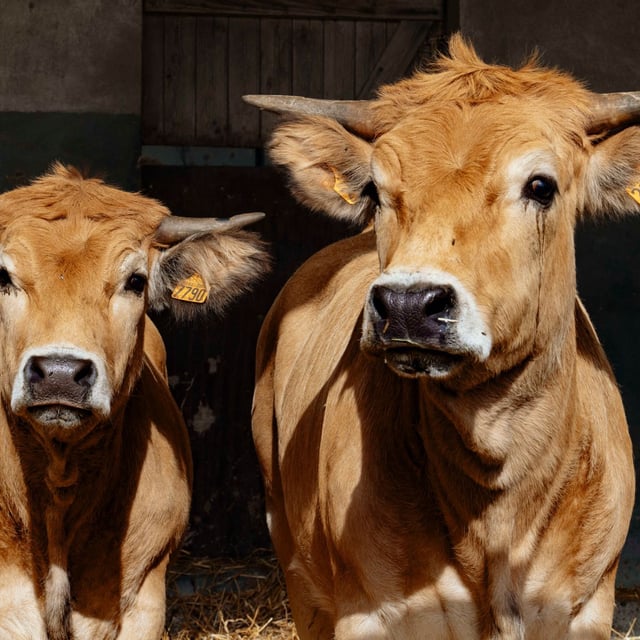Overview
- A PLOS One analysis of samples collected from 2008 to 2022 detected antibodies to the virus in about 2% of cattle and 2.25% of wild animals in southern France, indicating past exposure and circulation among animals.
- Spatial clusters in the Pyrénées-Orientales and Hautes-Pyrénées point to localized, likely endemic transmission cycles involving Hyalomma marginatum ticks.
- Infected livestock and wildlife typically show no illness, whereas human infections can cause severe hemorrhagic fever with high reported fatality rates.
- No human cases have been reported in France to date, and the study’s authors call for targeted monitoring of ticks, animals and potential human cases.
- Researchers and health agencies cite climate change, migratory birds and livestock movements as drivers of Hyalomma’s spread in Europe, with only sporadic detections reported in Germany so far.



